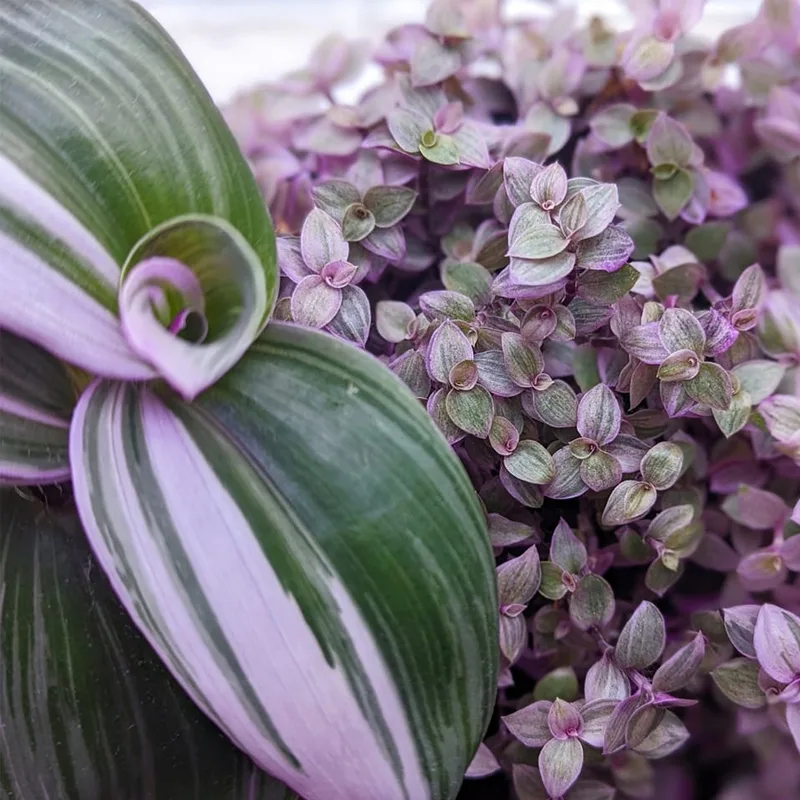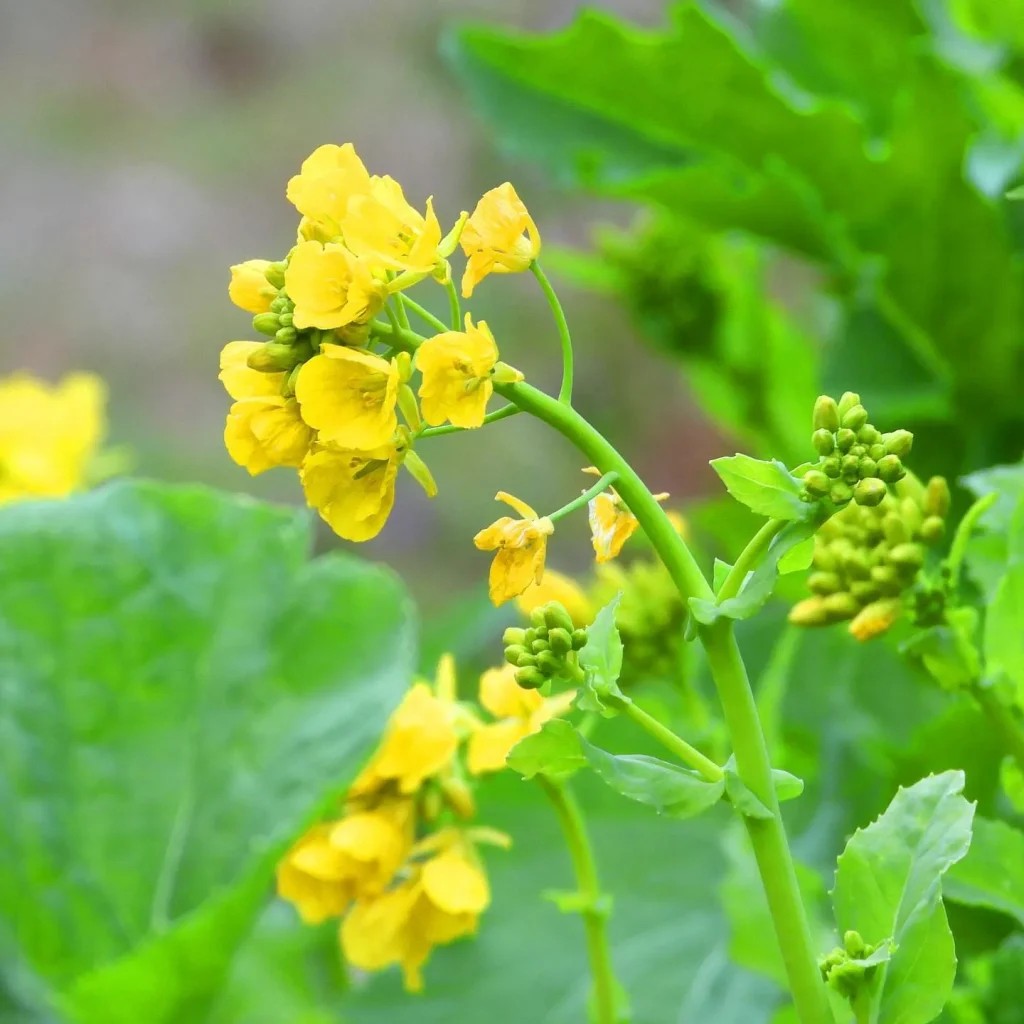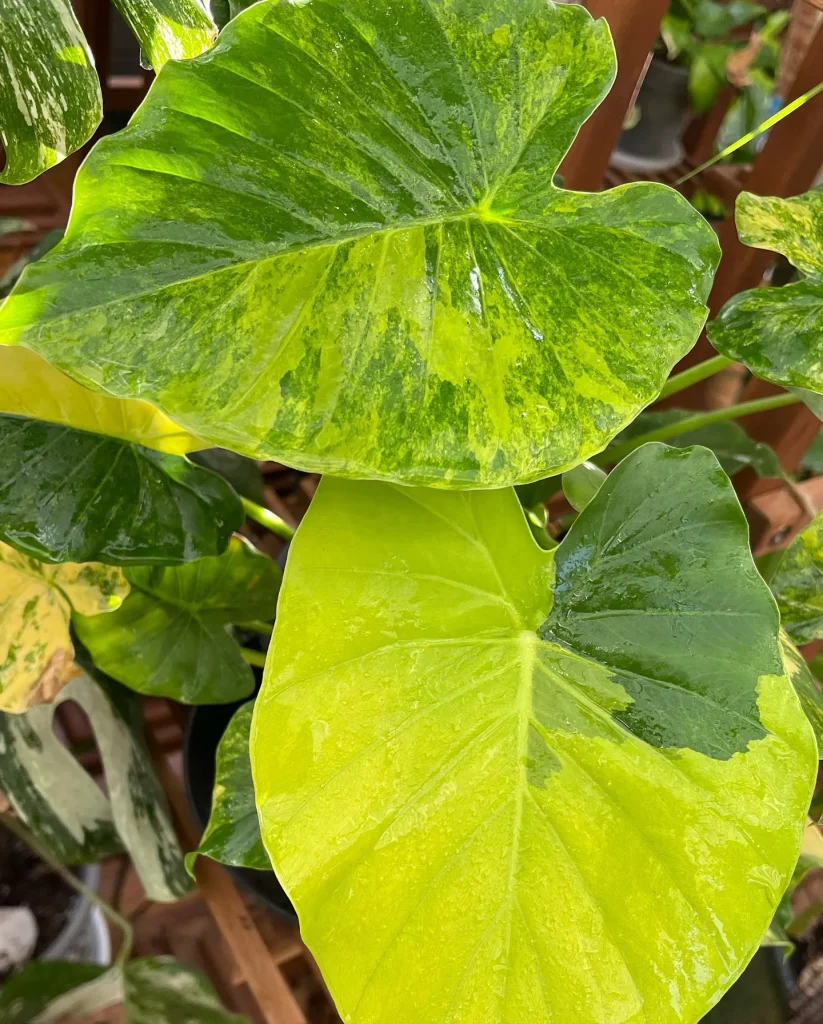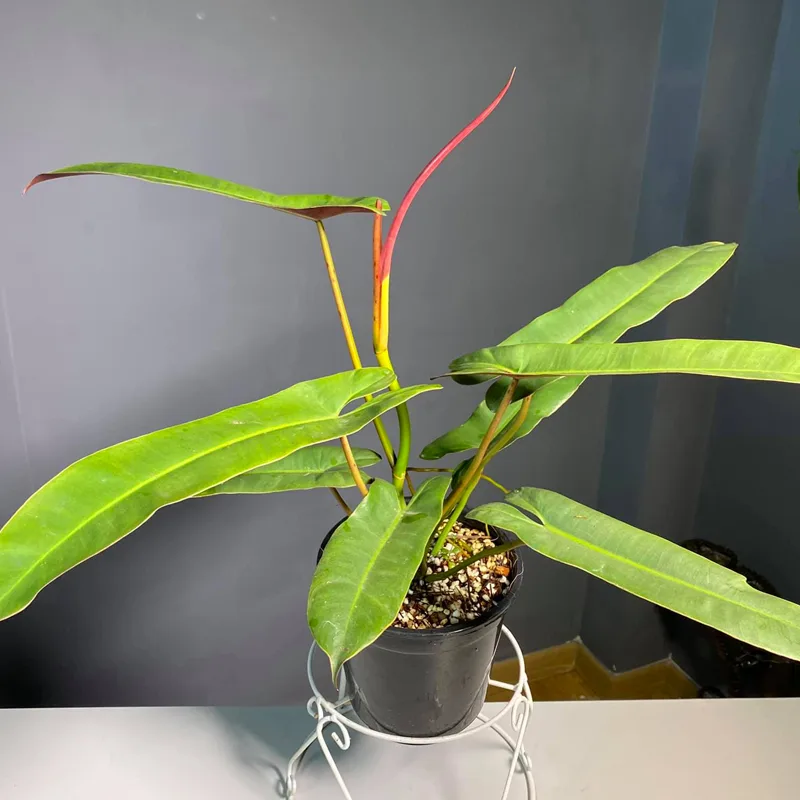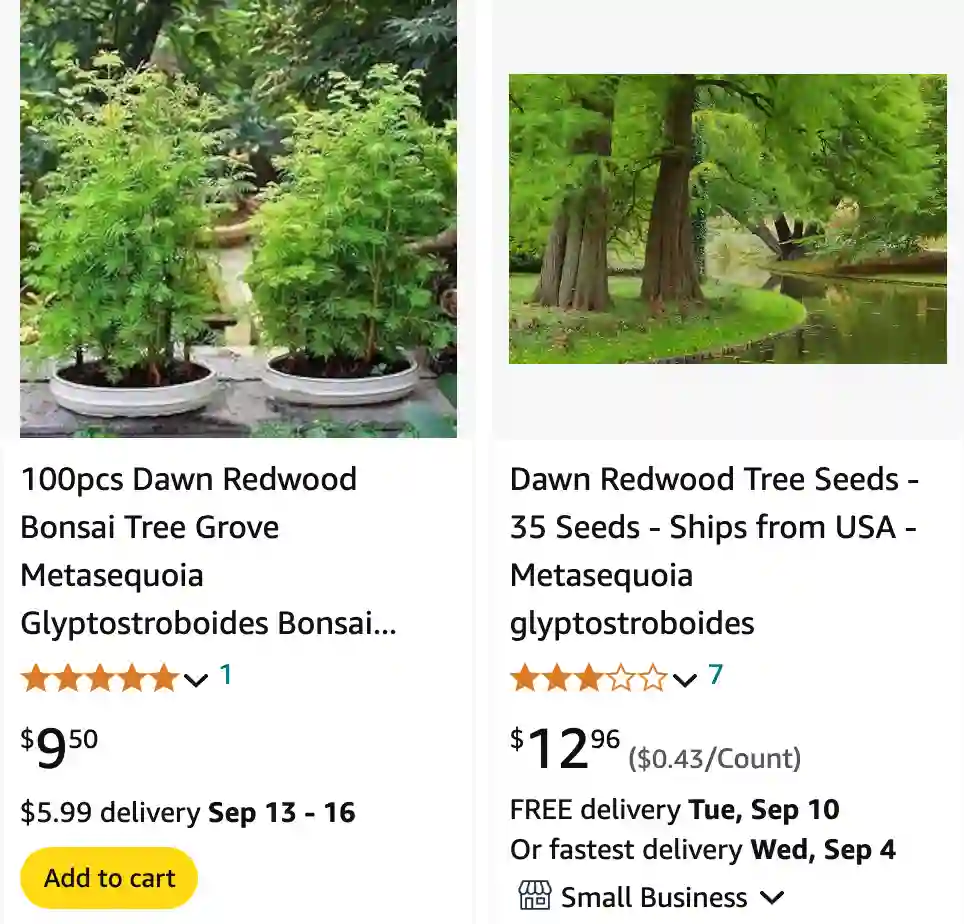
FAQs About Metasequoia Glyptostroboides
As a plant enthusiast, I’ve had my fair share of experiences with the fascinating Metasequoia Glyptostroboides. This ancient tree, also known as the Dawn Redwood, is a unique addition to any garden. Here are some frequently asked questions I’ve come across about this remarkable plant.
How to Germinate Metasequoia Glyptostroboides?
Germinating Metasequoia Glyptostroboides can be a rewarding process, though it requires patience. Start by collecting seeds from a mature tree in the fall. Soak them in water for 24 hours to soften the seed coat. After soaking, stratify the seeds by placing them in a refrigerator at 34-41°F (1-5°C) for 30-60 days. This cold treatment mimics winter conditions, which helps break dormancy.
After stratification, plant the seeds in a well-draining seed-starting mix. Sow the seeds about 1/4 inch deep and keep the soil consistently moist but not waterlogged. Place the container in a warm location with indirect light. Germination usually occurs within 2-4 weeks. Once seedlings have developed a few sets of true leaves, you can transplant them into larger pots or directly into your garden if the weather is suitable.
How to Pronounce Metasequoia Glyptostroboides?
Pronouncing Metasequoia Glyptostroboides can be a bit tricky. Here’s a simple breakdown:
- Metasequoia: Meh-tah-sek-WO-ia
- Glyptostroboides: Glip-toh-STROH-boy-deez
The key is to take it slow and practice each part until it feels natural.
What Does Metasequoia Glyptostroboides Mean?
The name Metasequoia Glyptostroboides has a rich etymological history. “Metasequoia” means “beyond the sequoia,” reflecting its relationship to the sequoias but being a distinct genus. “Glyptostroboides” translates to “like Glyptostrobus,” which is another genus of conifer. This nomenclature underscores its similarities to other ancient coniferous trees while distinguishing it as a unique species.
Metasequoia Glyptostroboides vs Sequoia Sempervirens
When comparing Metasequoia Glyptostroboides to Sequoia Sempervirens (the Coast Redwood), there are some notable differences.
- Origin: Metasequoia Glyptostroboides is native to China and was thought to be extinct until rediscovered in the 1940s. Sequoia Sempervirens, on the other hand, is native to the coastal regions of California and Oregon.
- Appearance: Metasequoia has a more pyramidal shape with a softer, reddish-brown bark. Its leaves are needle-like and turn a vibrant orange-brown in the fall. Sequoia Sempervirens has a more straight trunk with fibrous, reddish bark and needle-like leaves that remain green year-round.
- Size: Sequoia Sempervirens can grow significantly taller than Metasequoia, reaching heights of over 300 feet, while Metasequoia typically grows to about 100 feet.
How to Care for Metasequoia Glyptostroboides?
Caring for Metasequoia Glyptostroboides involves understanding its needs. This tree prefers full sun but can tolerate partial shade. It thrives in well-draining soil and benefits from regular watering, especially during dry periods. Metasequoia is relatively low-maintenance but benefits from occasional pruning to maintain its shape and remove any dead or diseased branches.
How to Propagate Metasequoia Glyptostroboides?
Propagation of Metasequoia Glyptostroboides can be done through seeds or cuttings. Seeds, as mentioned earlier, require a cold stratification period. For cuttings, take semi-hardwood cuttings in late summer and treat them with rooting hormone before planting in a well-draining mix. Keep the cuttings in a humid environment until they establish roots.
What to Plant with Metasequoia Glyptostroboides?
Metasequoia Glyptostroboides pairs well with other large, evergreen trees and shrubs. Consider planting it alongside species like the Japanese Maple or the Blue Spruce. For ground cover, you might choose shade-tolerant plants like ferns or hostas. These companions can complement its majestic form and create a harmonious garden landscape.
Can You Grow Metasequoia Glyptostroboides Indoors?
Growing Metasequoia Glyptostroboides indoors is not ideal due to its large size and specific light and space requirements. This tree is better suited to outdoor environments where it can spread its roots and reach its full potential. If you’re interested in growing a smaller conifer indoors, you might consider dwarf varieties or bonsai versions.
Is Metasequoia Glyptostroboides Toxic?
Metasequoia Glyptostroboides is not known to be toxic to humans or pets. It’s a safe choice for gardens where children or animals might be present. However, as with any plant, it’s wise to prevent ingestion of large quantities.
Benefits of Metasequoia Glyptostroboides
Metasequoia Glyptostroboides offers several benefits. Its rapid growth rate makes it an excellent choice for creating privacy screens or windbreaks. The tree’s striking fall color adds seasonal interest to the landscape. Additionally, its historical significance as a “living fossil” makes it a conversation piece and a valuable addition to any garden.
Common Problems with Metasequoia Glyptostroboides
While generally hardy, Metasequoia Glyptostroboides can face a few issues. Watch for pests like aphids or spider mites, which can cause leaf discoloration or drop. Additionally, ensure proper watering to prevent root rot, especially in poorly-drained soils. Regular inspection and maintenance can help keep these problems in check.
Metasequoia Glyptostroboides is a fascinating and majestic tree that adds unique character to any garden. By understanding its care requirements and potential issues, you can enjoy its beauty and benefits for years to come.
